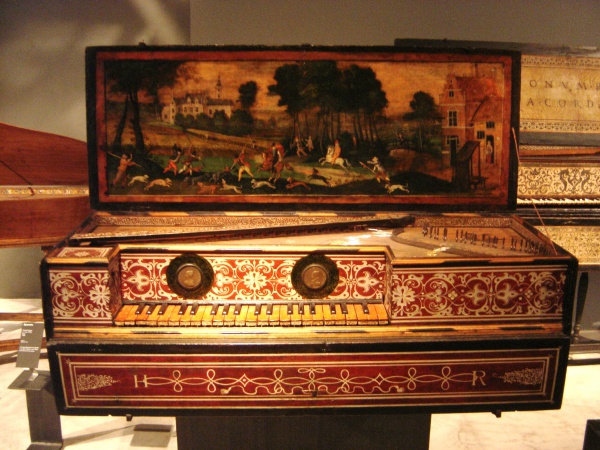Fakty o: Fitzwilliam Virginal Book
The Fitzwilliam Virginal Book is a treasure trove of keyboard music from the late Elizabethan and early Jacobean eras in England, capturing the essence of the late Renaissance and early Baroque periods. Named after Viscount Fitzwilliam, who donated the manuscript to the University of Cambridge in 1816, it is currently housed in the Fitzwilliam Museum in Cambridge. While "virginals" today refers to a specific type of small harpsichord, at that time it was a general term for various keyboard instruments.
Intriguingly, the scribe of the manuscript did not give it a title, and its early history before the 18th century remains somewhat mysterious. The book contains music spanning from around 1562 to 1612, featuring works by well-known composers such as John Bull, William Byrd, Orlando Gibbons, and Giles Farnaby, among others. The collection boasts 297 pieces, including some with witty and intriguing titles. Although many have believed that Francis Tregian the Younger compiled this collection, recent research challenges that theory.
In 1899, the publisher Breitkopf & Härtel released an edition of the book with basic commentary. Moving forward to 1935, Richard Strauss incorporated selected pieces from the Fitzwilliam Virginal Book into his opera "Die schweigsame Frau" adding a unique musical flavor to specific scenes. The first recording of pieces from this anthology was made by Joseph Payne in 1964, featuring performances on both the harpsichord and organ.
The book includes compositions by various composers, such as John Bull, Giles Farnaby, and William Byrd. These pieces were not intended for a specific instrument and can be performed on different modern keyboard instruments. Today, the Fitzwilliam Virginal Book remains a vital resource for scholars and performers passionate about keyboard music from this captivating historical period.

 Irlandię
Irlandię